Full text
PDF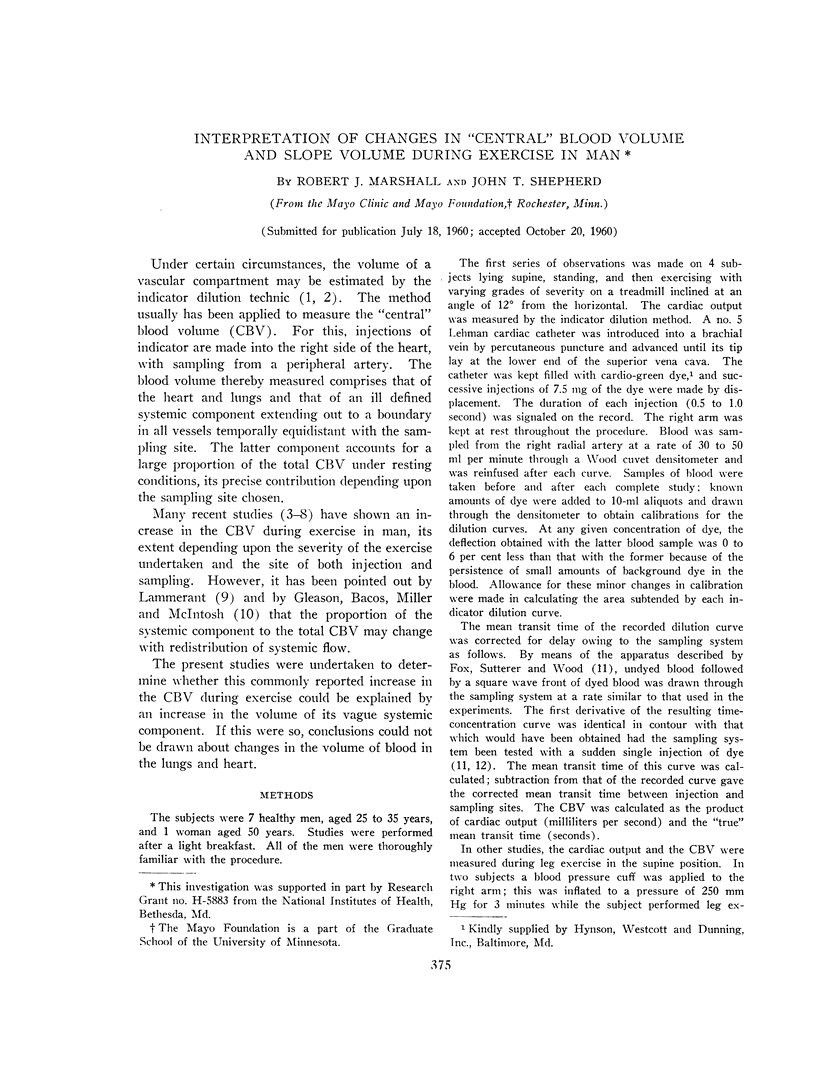
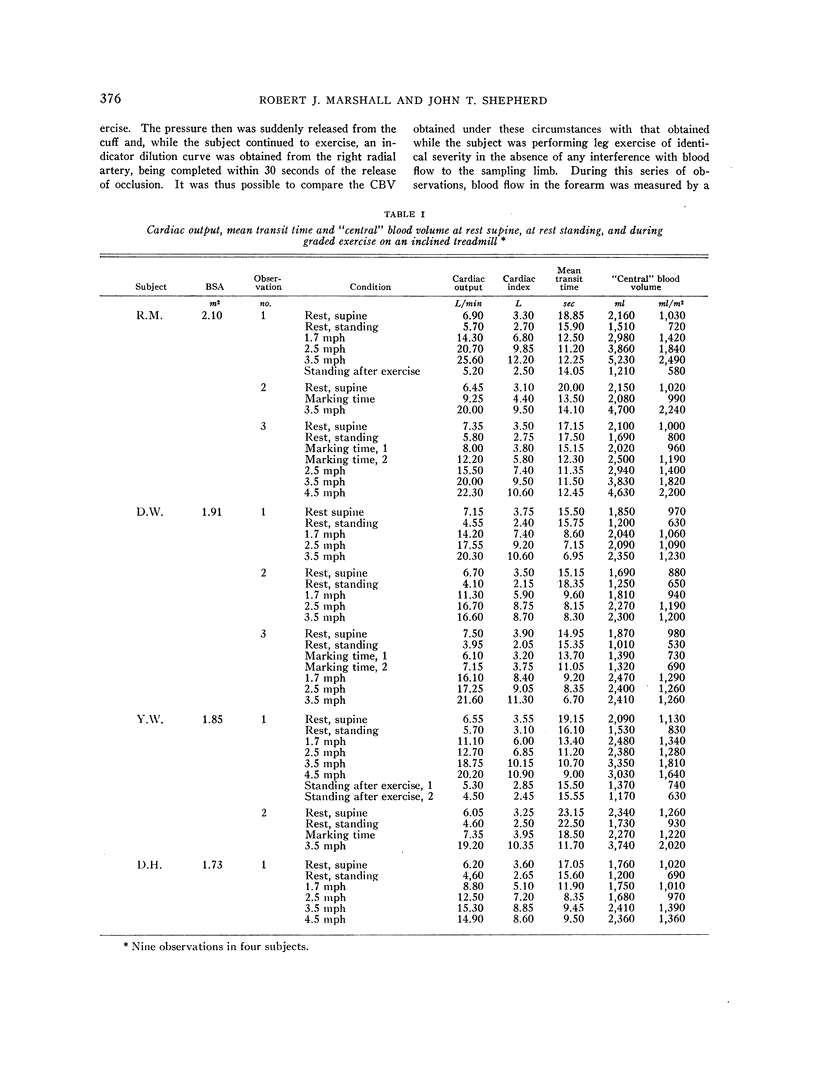
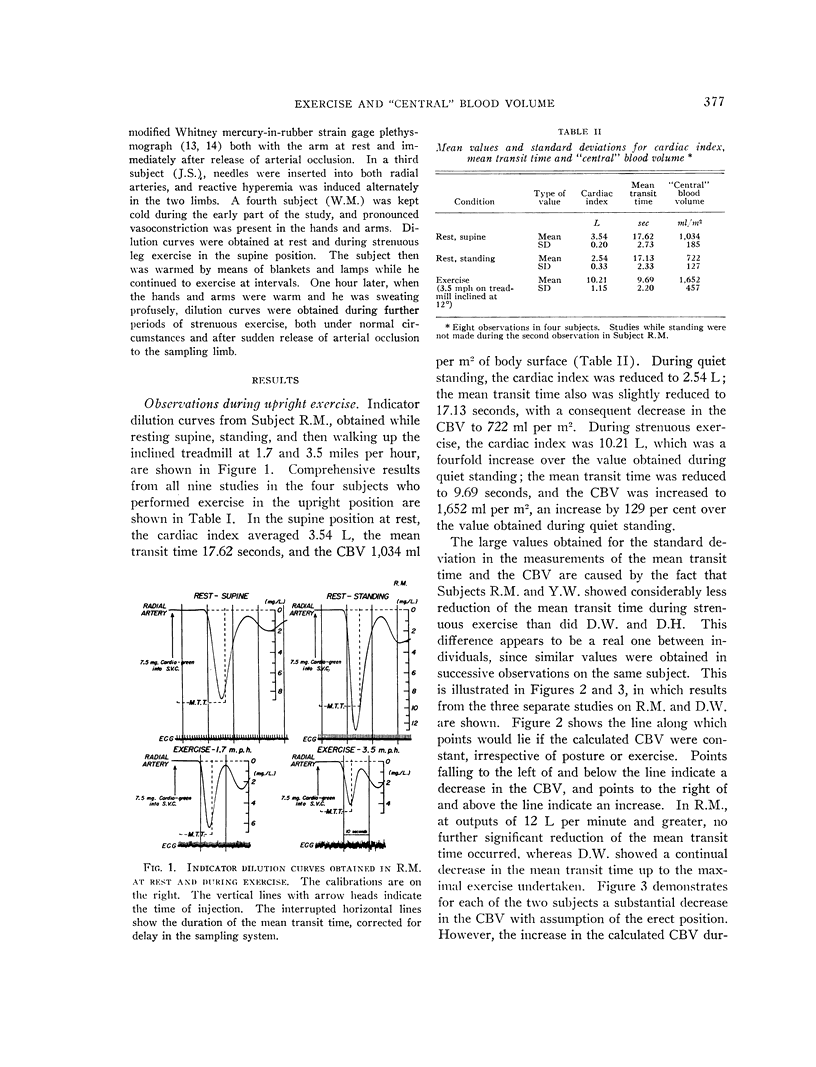
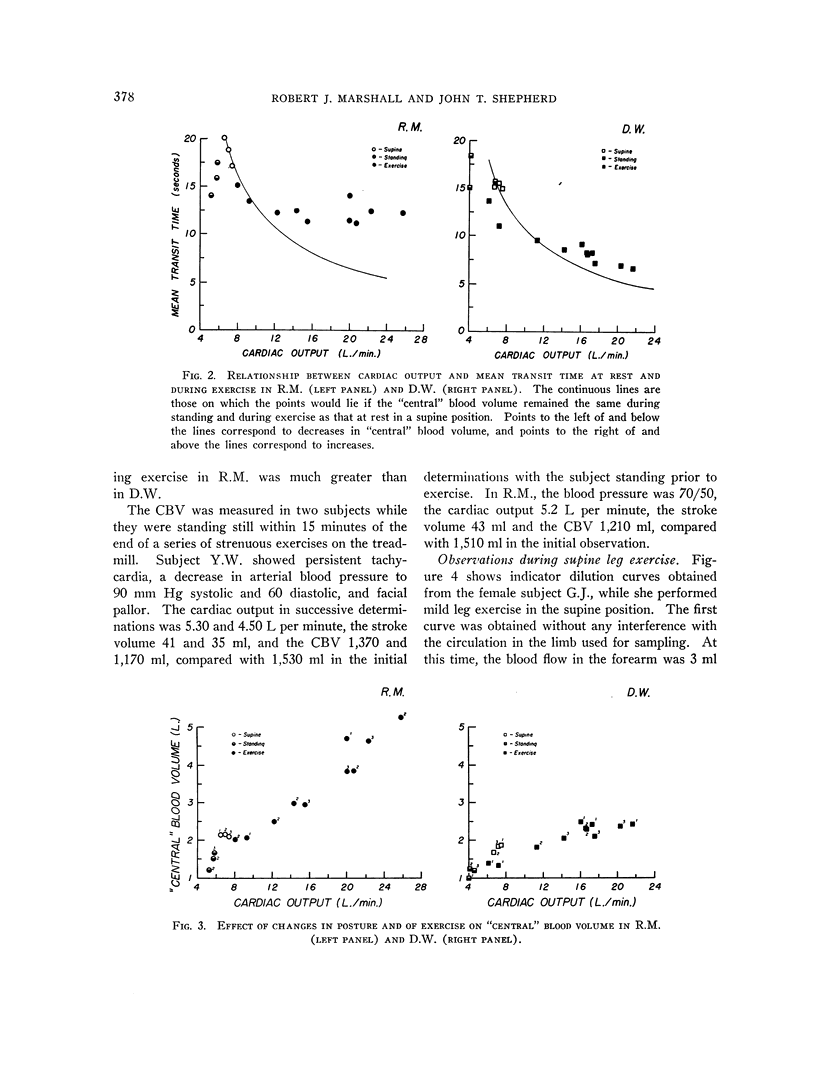
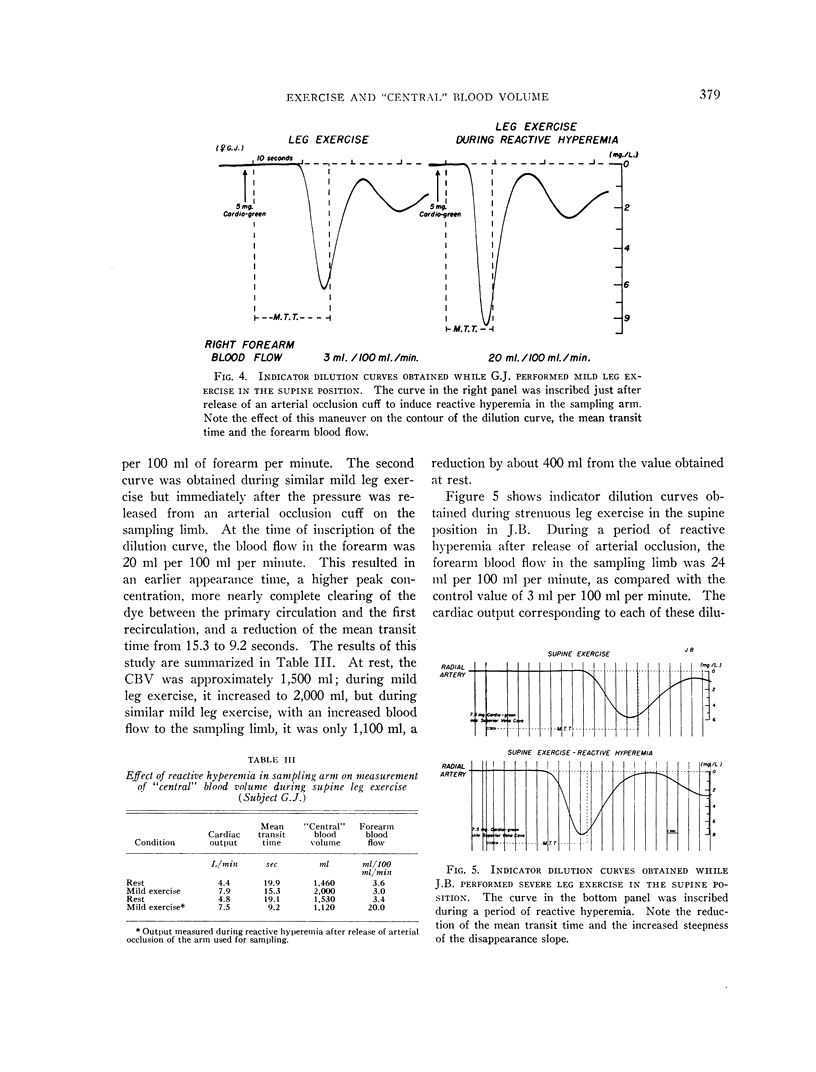
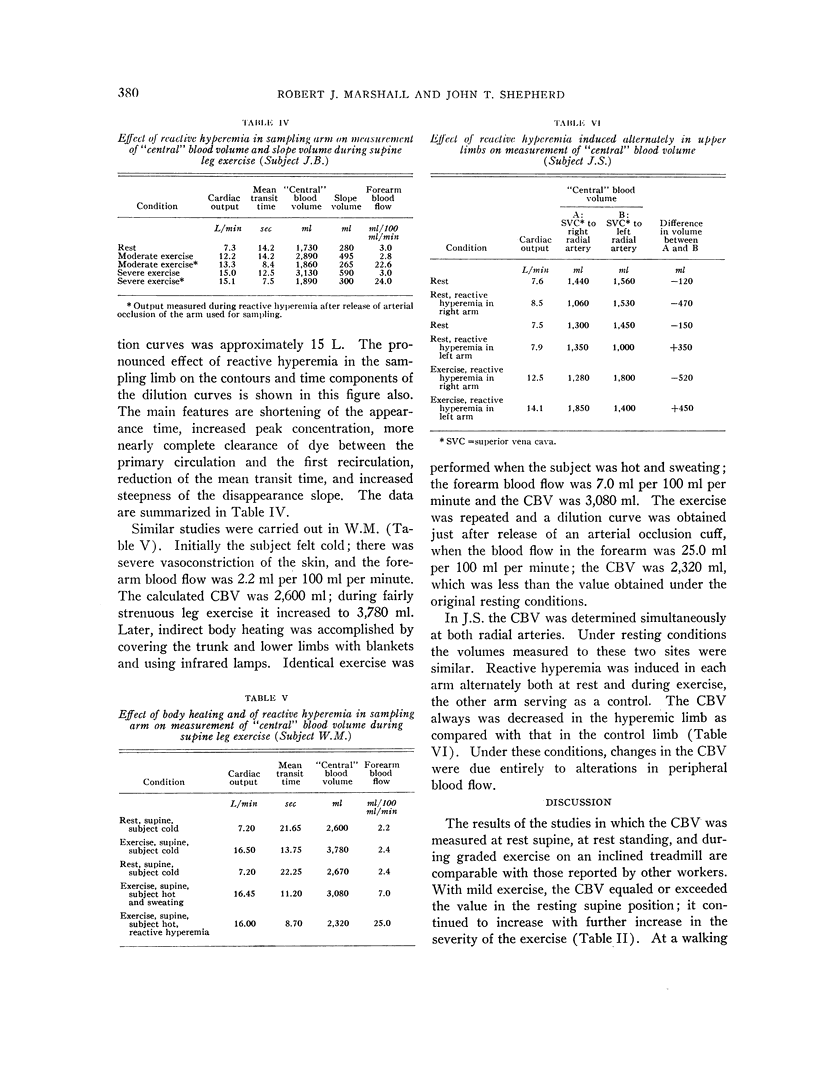
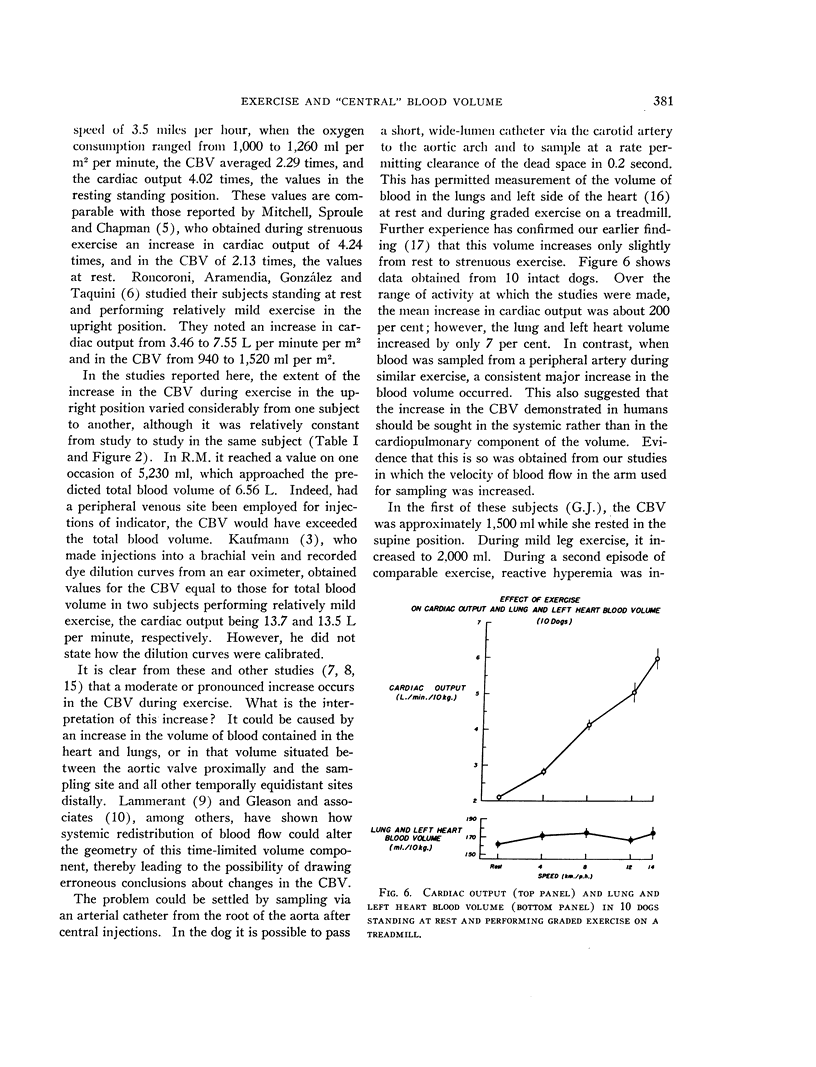
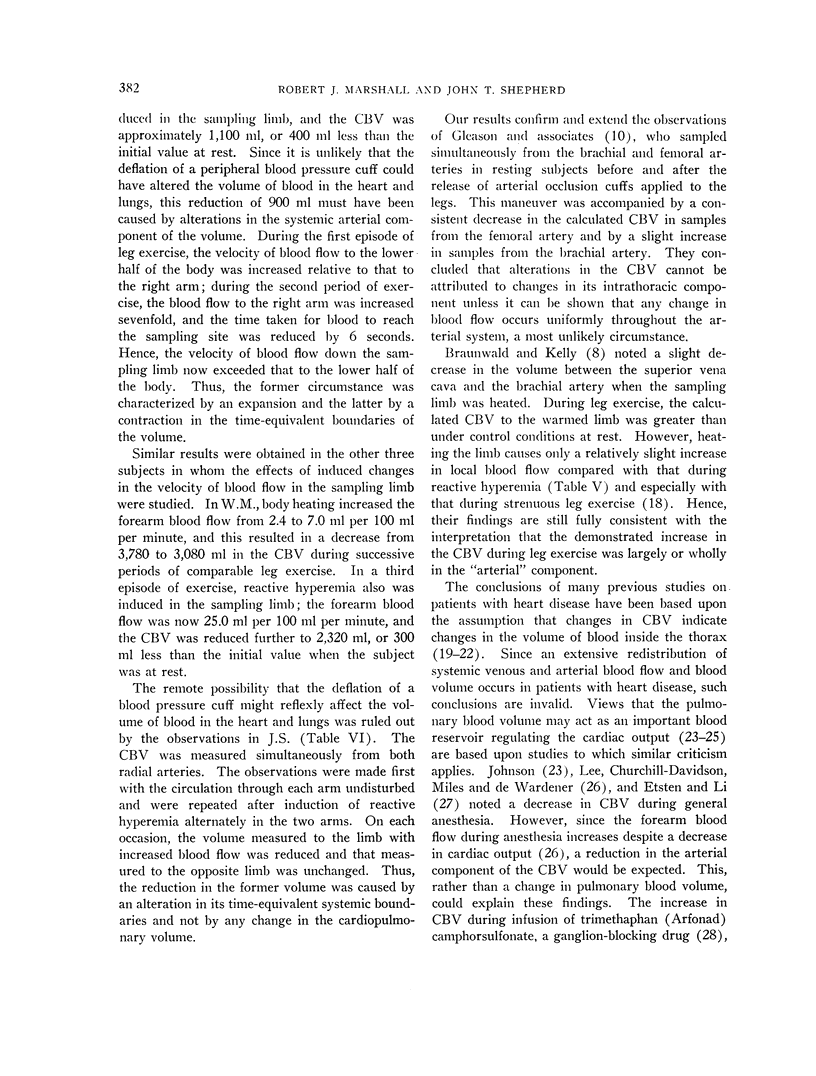
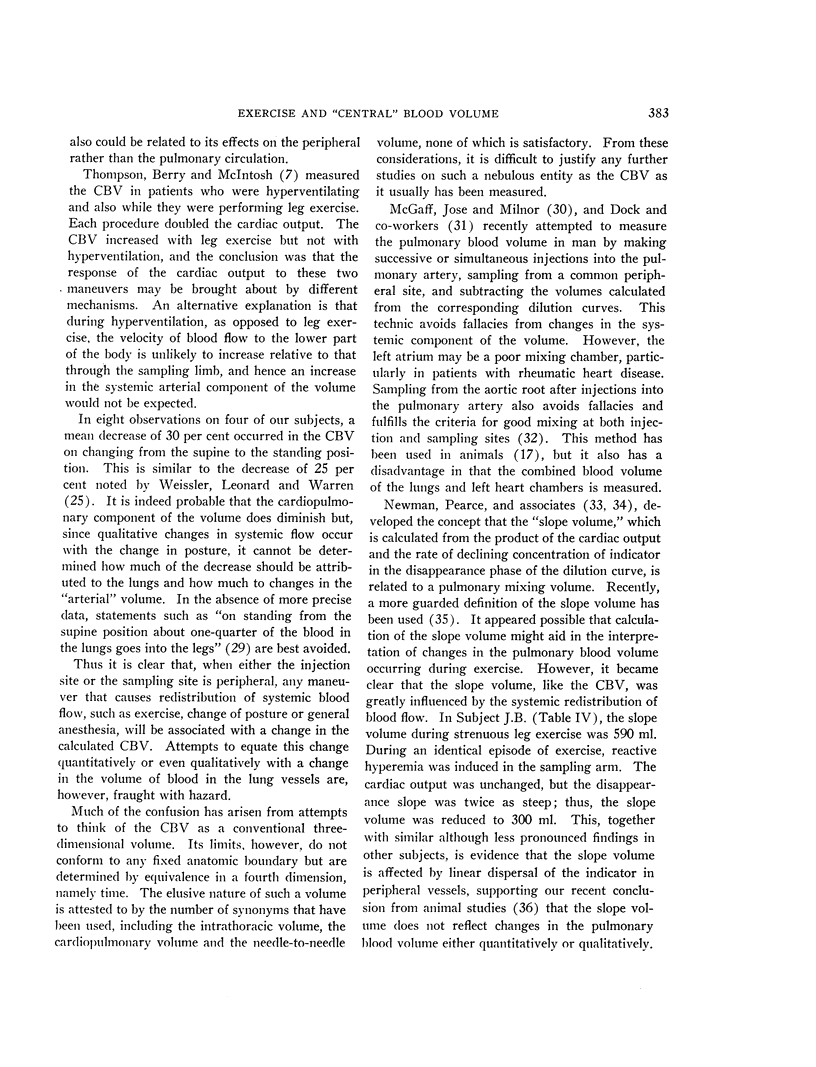
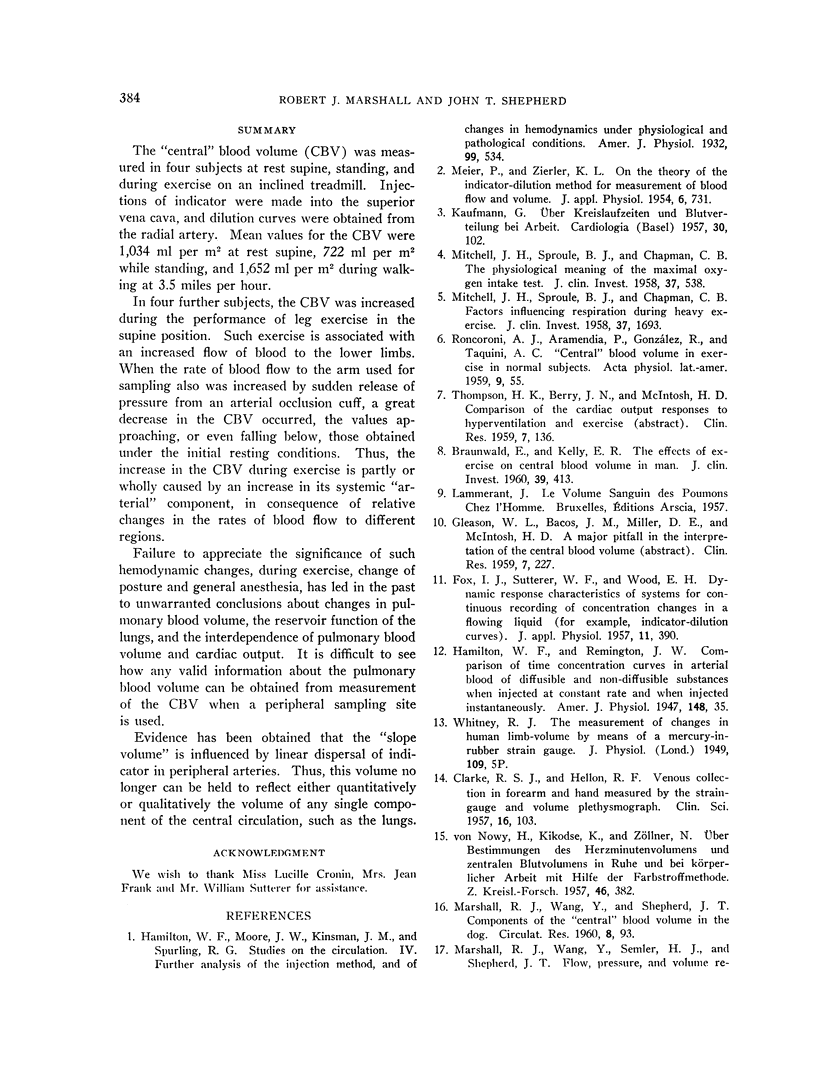
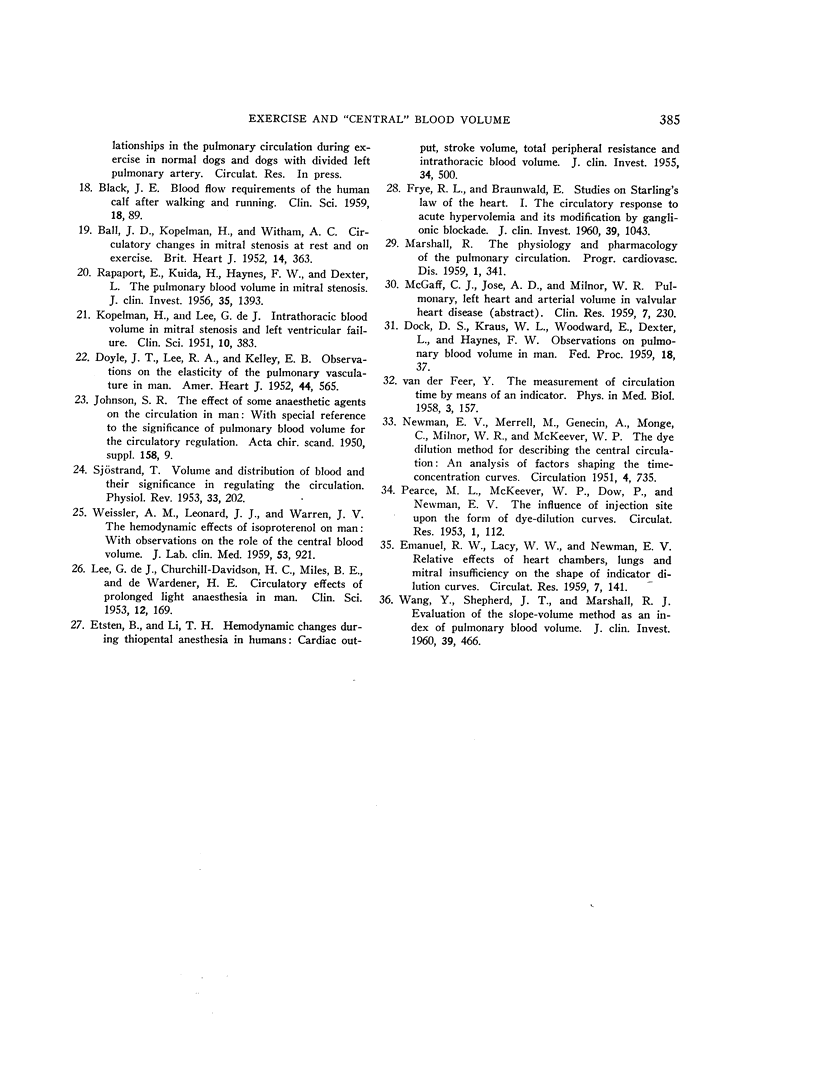
Selected References
These references are in PubMed. This may not be the complete list of references from this article.
- BALL J. D., KOPELMAN H., WITHAM A. C. Circulatory changes in mitral stenosis at rest and on exercise. Br Heart J. 1952 Jul;14(3):363–373. doi: 10.1136/hrt.14.3.363. [DOI] [PMC free article] [PubMed] [Google Scholar]
- BLACK J. E. Blood flow requirements of the human calf after walking and running. Clin Sci. 1959 Feb;18(1):89–93. [PubMed] [Google Scholar]
- BRAUNWALD E., KELLY E. R. The effects of exercise on central blood volume in man. J Clin Invest. 1960 Feb;39:413–419. doi: 10.1172/JCI104052. [DOI] [PMC free article] [PubMed] [Google Scholar]
- CLARKE R. S., HELLON R. F. Venous collection in forearm and hand measured by the strain-gauge and volume plethysmograph. Clin Sci. 1957 Feb;16(1):103–117. [PubMed] [Google Scholar]
- DE LEE G. J., CHURCHILL-DAVIDSON H., MILES B. E., DE WARDENER H. E. Circulatory effects of prolonged light anaesthesia in man. Clin Sci. 1953 May;12(2):169–174. [PubMed] [Google Scholar]
- DEXTER L., HAYNES F. W., KUIDA H., RAPAPORT E. The pulmonary blood volume in mitral stenosis. J Clin Invest. 1956 Dec;35(12):1393–1403. doi: 10.1172/JCI103396. [DOI] [PMC free article] [PubMed] [Google Scholar]
- DOYLE J. T., LEE R. A., KELLEY E. B. Observations on the elasticity of the pulmonary vasculature in man. Am Heart J. 1952 Oct;44(4):565–570. doi: 10.1016/0002-8703(52)90195-6. [DOI] [PubMed] [Google Scholar]
- EMANUEL R. W., LACY W. W., NEWMAN E. V. Relative effects of heart chambers, lungs, and mitral insufficiency on the shape of indicator dilution curves. Circ Res. 1959 Jan;7(1):141–146. doi: 10.1161/01.res.7.1.141. [DOI] [PubMed] [Google Scholar]
- ETSTEN B., LI T. H. Hemodynamic changes during thiopental anesthesia in humans: cardiac output, stroke volume, total peripheral resistance, and intrathoracic blood volume. J Clin Invest. 1955 Mar;34(3):500–510. doi: 10.1172/JCI103099. [DOI] [PMC free article] [PubMed] [Google Scholar]
- FOX I. J., SUTTERER W. F., WOOD E. H. Dynamic response characteristics of systems for continuous recording of concentration changes in a flowing liquid (for example, indicator-dilution curves). J Appl Physiol. 1957 Nov;11(3):390–404. doi: 10.1152/jappl.1957.11.3.390. [DOI] [PubMed] [Google Scholar]
- FRYE R. L., BRAUNWALD E. Studies on Starling's law of the heart. I. The circulatory response to acute hypervolemia and its modification by ganglionic blockade. J Clin Invest. 1960 Jul;39:1043–1050. doi: 10.1172/JCI104119. [DOI] [PMC free article] [PubMed] [Google Scholar]
- KAUFMANN G. Uber Kreislaufzeiten und Blutverteilung bei Arbeit. Cardiologia. 1957;30(2):102-13; discussion, 113-4. [PubMed] [Google Scholar]
- KOPELMAN H., LEE G. DE J. The intrathoracic blood volume in mitral stenosis and left ventricular failure. Clin Sci. 1951 Aug;10(3):383–403. [PubMed] [Google Scholar]
- MARSHALL R. J., WANG Y., SHEPHERD J. T. Components of the "central" blood volume in the dog. Circ Res. 1960 Jan;8:93–99. doi: 10.1161/01.res.8.1.93. [DOI] [PubMed] [Google Scholar]
- MARSHALL R. The physiology and pharmacology of the pulmonary circulation. Prog Cardiovasc Dis. 1959 May;1(4):341–355. doi: 10.1016/s0033-0620(59)80041-4. [DOI] [PubMed] [Google Scholar]
- MEIER P., ZIERLER K. L. On the theory of the indicator-dilution method for measurement of blood flow and volume. J Appl Physiol. 1954 Jun;6(12):731–744. doi: 10.1152/jappl.1954.6.12.731. [DOI] [PubMed] [Google Scholar]
- MITCHELL J. H., SPROULE B. J., CHAPMAN C. B. Factors influencing respiration during heavy exercise. J Clin Invest. 1958 Dec;37(12):1693–1701. doi: 10.1172/JCI103761. [DOI] [PMC free article] [PubMed] [Google Scholar]
- MITCHELL J. H., SPROULE B. J., CHAPMAN C. B. The physiological meaning of the maximal oxygen intake test. J Clin Invest. 1958 Apr;37(4):538–547. doi: 10.1172/JCI103636. [DOI] [PMC free article] [PubMed] [Google Scholar]
- NEWMAN E. V., MERRELL M., GENECIN A., MONGE C., MILNOR W. R., McKEEVER W. P. The dye dilution method for describing the central circulation. An analysis of factors shaping the time-concentration curves. Circulation. 1951 Nov;4(5):735–746. doi: 10.1161/01.cir.4.5.735. [DOI] [PubMed] [Google Scholar]
- NOWY H., KIKODSE K., ZOLLNER N. Uber Bestimmungen des Herzminutenvolumens und zentralen Blutvolumens in Ruhe und bei körperlicher Arbeit mit Hilfe der Farbstoffmethode. Z Kreislaufforsch. 1957 May;46(9-10):382–393. [PubMed] [Google Scholar]
- PEARCE M. L., MCKEEVER W. P., DOW P., NEWMAN E. V. The influence of injection site upon the form of dye-dilution curves. Circ Res. 1953 Mar;1(2):112–116. doi: 10.1161/01.res.1.2.112. [DOI] [PubMed] [Google Scholar]
- SJOSTRAND T. Volume and distribution of blood and their significance in regulating the circulation. Physiol Rev. 1953 Apr;33(2):202–228. doi: 10.1152/physrev.1953.33.2.202. [DOI] [PubMed] [Google Scholar]
- VAN DER FEER Y. The measurement of circulation time by means of an indicator. Phys Med Biol. 1958 Oct;3(2):157–163. doi: 10.1088/0031-9155/3/2/305. [DOI] [PubMed] [Google Scholar]
- WANG Y., SHEPHERD J. T., MARSHALL R. J. Evaluation of the slope-volume method as an index of pulmonary blood volume. J Clin Invest. 1960 Mar;39:466–472. doi: 10.1172/JCI104060. [DOI] [PMC free article] [PubMed] [Google Scholar]
- WEISSLER A. M., LEONARD J. J., WARREN J. V. The hemodynamic effects of isoproterenol in man, with observations on the role of the central blood volume. J Lab Clin Med. 1959 Jun;53(6):921–925. [PubMed] [Google Scholar]


